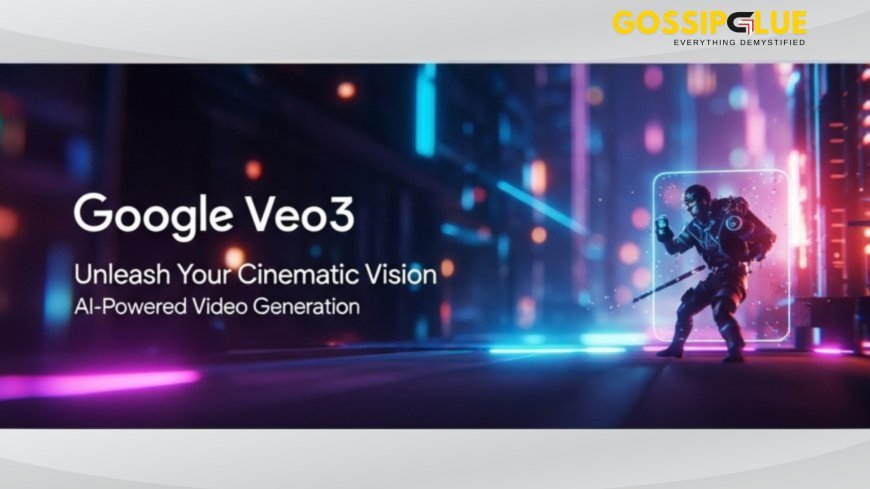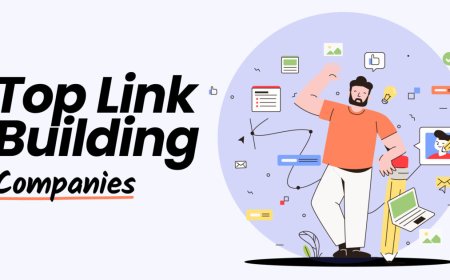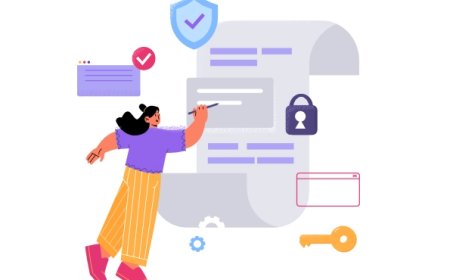How to Stay Ahead with AI in Modern Educational Settings
Learn how educators and IT professionals can stay ahead with AI in education using tools like Veo3, prompt engineering, and the latest AI trends.

The AI Wave Is HereAre You Ready?
Not long ago, the idea of using artificial intelligence in education sounded futuristicsomething reserved for science fiction or Silicon Valley think tanks. Fast forward to today, and were living that future. From personalized learning apps to advanced AI video tools like Veo3, the classroom has gone digital, and it's evolving fast.
Whether youre a teacher, an IT enthusiast, or someone trying to carve a path in the edtech space, the question is no longer if AI will impact educationits how you can stay ahead of it.
So, lets dig in. Here's what you need to knowand doto not just keep up, but lead in this AI-powered educational world.
1. Understand the Tools That Are Shaping the Future
At Google I/O 2024, one of the biggest attention-grabbers was Veo3, Googles cutting-edge AI video generation model. Designed for more than just entertainment, Veo3 offers massive potential for educationfrom generating explainer videos in seconds to customizing visual content for different learning styles.
If you're in IT or teaching, this isn't just cool techits a tool. Imagine being able to automatically create high-quality, subject-specific videos tailored to your curriculum with just a few prompts. Thats where prompt engineering comes into play.
By crafting effective prompts, educators and developers alike can steer AI tools like Veo3 to produce relevant, classroom-ready content. Want a 3-minute video on Newtons Laws using animations and real-world examples? Veo3 can do thatif you know how to ask.
2. Embrace Prompt Engineering as a Must-Have Skill
Lets talk real for a second. If youre exploring a career in IT or edtech, prompt engineering is no longer optional. Its becoming as fundamental as knowing your way around a spreadsheet or writing clean code.
Why? Because AI models dont just spit out answersthey respond to how you ask. The better your prompts, the better the output. Whether you're guiding a chatbot to tutor a student or generating a lesson plan using AI, your words are the code.
And dont worryyou dont need to be a programmer. Prompt engineering is more like learning how to give clear directions to a super-smart assistant. Master this, and you'll be light years ahead of many in the field.
3. Stay Current with AI Trends in Education
The AI landscape moves fast, and nowhere is that more evident than in AI in education. Just this year, weve seen everything from AI tutors that adapt to student emotions to platforms integrating real-time performance analytics. Its wildbut in a good way.
To stay ahead:
- Follow events like Google I/O 2024 for insights on what big players like Googles AI division are planning.
- Keep tabs on platforms that analyze AI trends, especially those focused on edtech.
- Experiment. Try out tools like Veo3 and document your experiencesboth the wins and the hiccups.
Educators who stay curious and hands-on will always have the edge, especially as schools seek tech-savvy professionals to help integrate AI responsibly.
4. Balance Innovation with Practicality
Now, lets address the elephant in the roomVeo cost. While some of these tools are free to explore, others, like Veo3, might require institutional backing or have pricing tiers that make individual access tricky.
But heres the deal: You dont need to buy the most advanced AI model to start making a difference. Plenty of freemium tools exist, and many schools are starting to invest in shared licenses. What matters more is your mindset. Are you actively exploring, testing, and thinking creatively about how AI can supportnot replaceeducational goals?
At the end of the day, technology is just a tool. The magic happens when its put in the hands of someone who understands both the classroom and the code.
The Road Ahead
Staying ahead with AI in modern educational settings isnt about becoming a tech genius overnight. Its about curiosity, experimentation, and a willingness to learn skills like prompt engineering that bridge education and innovation.
Start by playing around with tools like Veo3. Watch the keynotes from Google I/O 2024. Read up on the latest AI trends. And most importantly, dont be afraid to tryand faila little along the way.
In this new era of AI-powered learning, the learners who thrive are the ones who keep learning themselves.
























